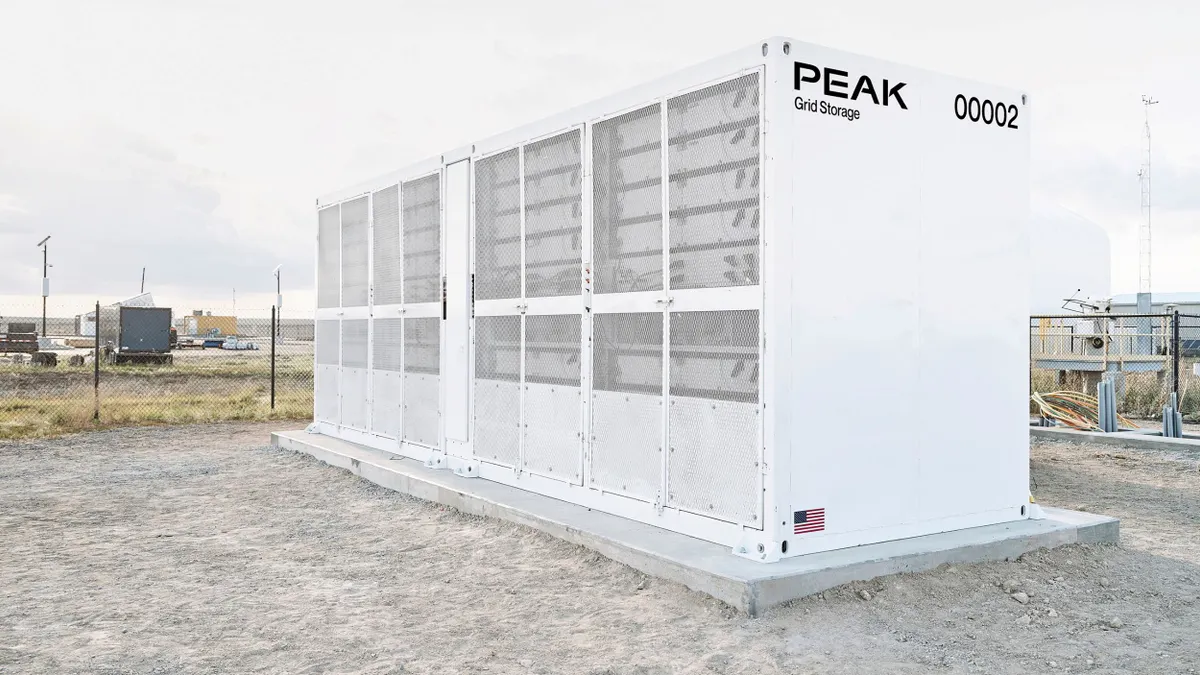The following is a Viewpoint from Senior Policy Advisor for Energy Grant Smith and Vice President and Editor-in-Chief Bill Walker at the Environmental Working Group.
Across America, devastating hurricanes, hellish wildfires, deadly heat waves and other disasters have brought the climate change crisis close to home. In response, more than 100 cities, counties and states — including the two largest, California and New York — have committed to use only renewable or zero-emissions sources for electricity by mid-century.
Should the nation as a whole shoot for such an ambitious goal? Is it even possible for the entire U.S. to supply electricity reliably with 100% renewable energy sources?
The bottom line: Yes. But the devil is in the details, and the debate rages over how to get there.
Pressing the issue are newly elected Rep. Alexandria Ocasio-Cortez, D-N.Y., and hundreds of public interest groups supporting her proposed Green New Deal. In a letter to lawmakers on Capitol Hill, the groups say heading off catastrophic levels of global warming demands a shift to 100% renewable power generation by 2035 or earlier. The Environmental Working Group also supports the goals and spirit of the Green New Deal.
That's ambitious, and not just because 2035 is so close. According to the Energy information Administration, in 2017, renewable energy sources accounted for just under one-sixth of U.S. electricity generation.
Ending gas and nuclear
Transitioning to 100% clean, safe and renewable energy in less than two decades means quickly ending the use not only of fossil fuels, including natural gas, but also of nuclear reactors. Nukes don't emit greenhouse gases, but they're dangerous and obscenely expensive, and they generate mountains of radioactive waste. And besides boosting renewables capacity, we must increase the energy efficiency of homes, businesses and other buildings, and adopt the widespread use of batteries to store the energy from renewables.
The naysayers of 100% renewables are known as the all-of-the-above faction. They agree with the need for deep cuts in carbon pollution. They acknowledge that coal is dead, despite the Trump administration's schemes to keep it on life support. But they argue we'll continue to need nuclear power, and need to replace coal with natural gas plants equipped with technology to capture carbon and store or sequester it deep in the earth. They say an all-renewable grid would be too expensive, and there is no convincing evidence it's feasible.
None of those arguments stand up.
The Department of Energy recently estimated that initial costs for carbon capture at natural gas plants would increase the cost of power by half. Studies show it could not be applied at great enough scale to justify the costs, and it would only slow down the transition to renewables. The extraction, transport and burning of natural gas releases methane, a much more powerful greenhouse gas than carbon. And the current natural gas boom depends on fracking, which uses toxic chemicals that pollute air and water, threatening the health of nearby communities.
Higher reliability and lower cost
A 2015 analysis conducted by researchers at Stanford University and the University of California at Berkeley found that 100% wind and solar power — in conjunction with energy efficiency, energy storage and other advances to complement renewables — could provide electricity to the continental U.S. more reliably than the current system by 2050, and at lower projected costs.
That study is among 60 from around the world reviewed in a recent paper by an international team of scientists, showing why 100% renewables is an achievable and affordable option.
They concluded:
- There's more than enough solar, wind and hydro potential — 30 times more than business-as-usual forecasts for energy demand in 2050.
- Technology already exists to account for the variability of wind and solar generation, so that the lights will stay on even when the weather doesn't cooperate.
- We do not need to alter the design of the electric grid radically to accommodate 100% renewables: The shift is well underway and accelerating.
- Costs won't be overwhelming. A grid based on 100% renewables can compete in cost with fossil fuel systems, even before factoring in the tremendous costs of pollution, global warming and water usage.
- A number of nations and regions are at, or close to, 100% renewables already, including Denmark, Norway and parts of Germany. Canada is at 62% renewables and Brazil at 76%.
In the U.S., it's not just coastal, blue-district cities that are taking the 100% pledge. According to Sierra Club's Ready for 100 campaign, the list includes not only San Franciso and Washington, D.C., but also Atlanta, Cleveland, Kansas City and Salt Lake City. The Rocky Mountain Institute reports that more than 160 companies worldwide have committed to 100% renewables, including Apple, Bank of America, Facebook, General Motors, Microsoft and Walmart.
We'd say 100% renewables is an idea whose time has come — except that the transition should have started decades ago.
Now there's no time to lose. The nation that put a man on the moon in less than 10 years can do this, but only if we start now.













